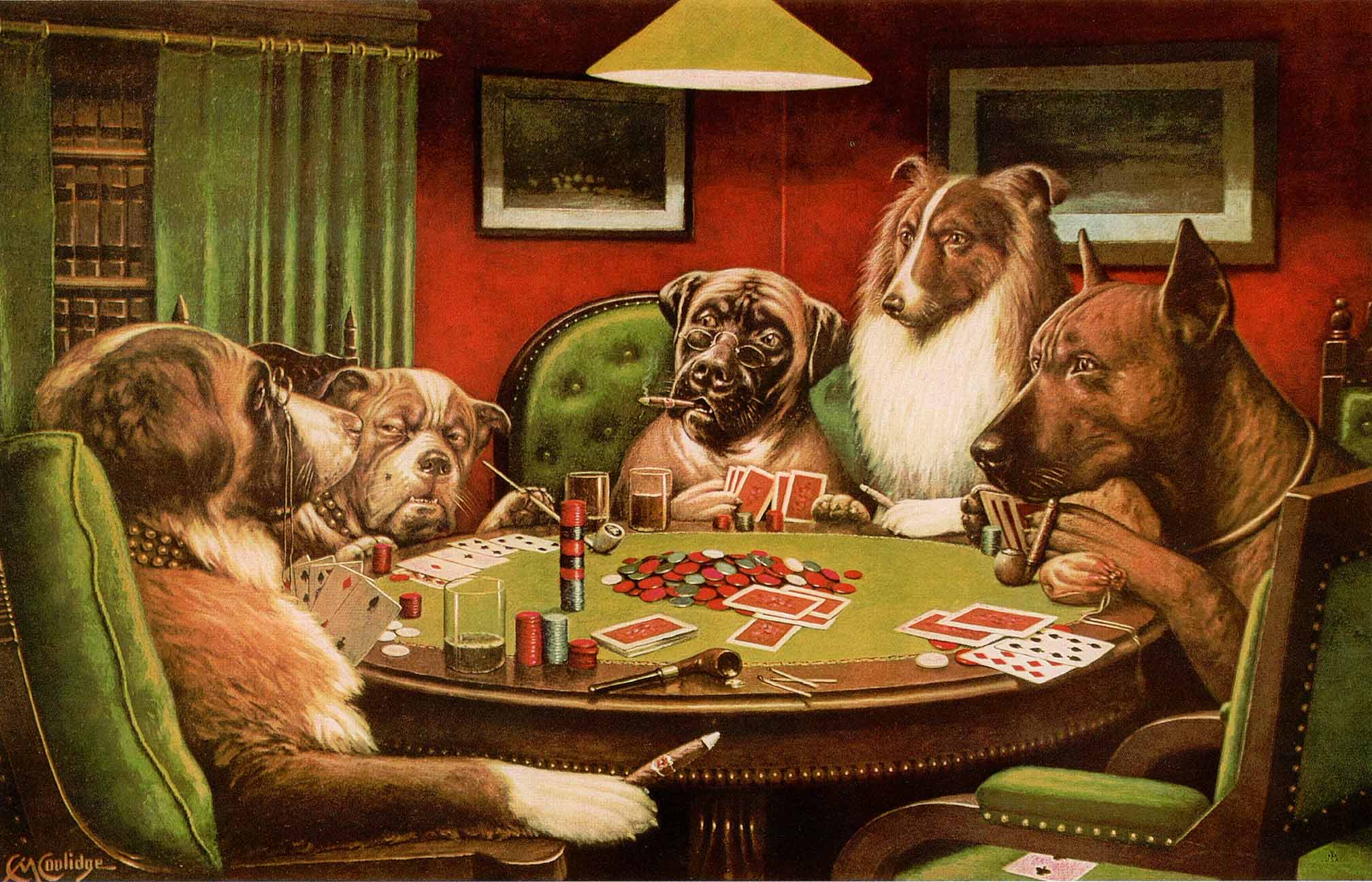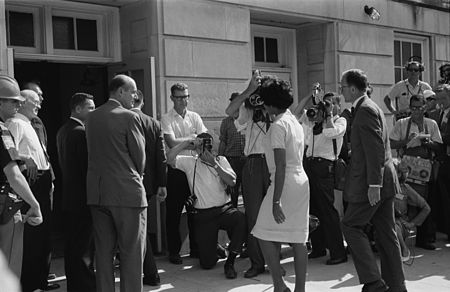“My room mate (tent mate, rather) is Dwight Eisenhower of Abilene, Kansas.…” On JuIy 30, 1911, Paul A. Hodgson thus informed his mother of the beginning of a close friendship, about which General Eisenhower commented in December, 1942: “The four years we spent in the same room more than a quarter of a century ago are still one of my most treasured memories.”
The new cadets had been at West Point six weeks when they were thrown together more or less accidentally because each had lost his initial roommate. It was a happy accident, for they had much in common. Both were Kansans, both came from large families, and both loved sports.


